Hitesh Singhal on how to design America better again
With Design Activism, a movement to treasure in times of rising populism around the world, the exhibition By the People: Designing a better America at Cooper Hewitt Design Museum, in NYC is just about what it says - everyday citizens cooking up solutions to what ails their communities. It talks about how design efforts around the country are helping in making the country a better place, which is a major issue under the Trump/Brexit era. An exhibition of 60 collaborative designs from throughout the United States and across borders, By the People challenges the country’s persistent social and economic inequality. “Curator of Socially Responsible Design, Cynthia E. Smith, conducted over two years of field research - traveling to shrinking, post-industrial cities, sprawling metro regions, struggling rural towns, areas impacted by natural and man-made disasters, and places of persistent poverty - in search of design for more inclusive and sustainable communities.”
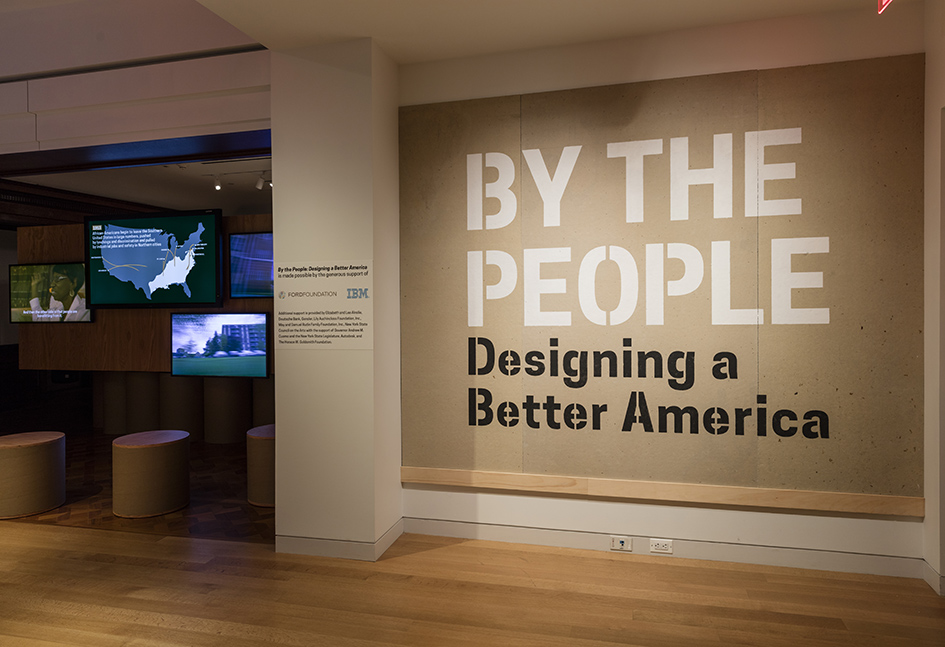
The show got rave reviews for its content and design in New York Times and Hitesh Singhal, the award-winning graphic designer specializing in art, architecture, education, and culture, who recently completed the exhibition for the Smithsonian Design Museum, talks us through the event’s powerful message of “optimism for achieving a more just and equitable society, for all Americans, through design”. “The show challenges the country’s persistent social and economic inequality...
As the show’s title implies, design is not just the task of designers. The exhibition celebrates a few outstanding architects, like David Baker and Michael Maltzan, who have conceived subsidized housing in California, and also Jeanne Gang, the Chicago star, who wants to improve relations between the community and law enforcement by re imagining police stations as neighborhood hubs, with gardens and gyms, meeting rooms and free Wi-Fi.”
Singhal completed his Masters in Fine Art (MFA), from Maryland Institute College of Arts (MICA), ranked in the top 3 MFA programs in United States. Mentored under the famous graphic designer, writer, curator, and program director, Ellen Lupton, he got the chance to work on her exhibition “How Posters Work”. The show demonstrated how some of the world’s most creative designers have employed and pushed the boundaries of two-dimensional design, harnessed the mechanics and psychology of perception, and mastered the art of storytelling to produce powerful acts of visual communication.
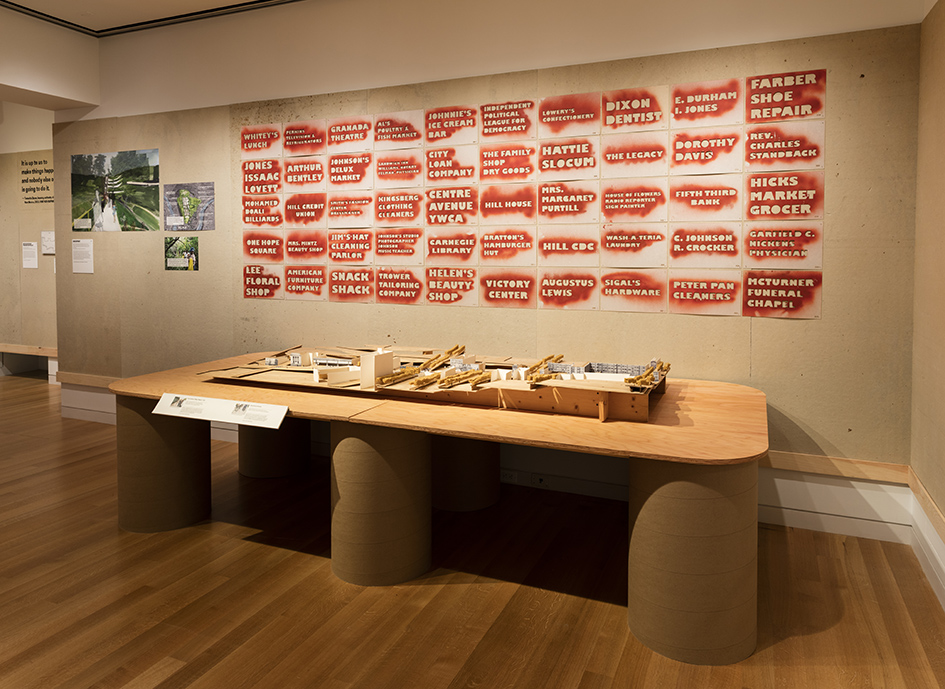
Hitesh’s work was featured in the best-selling graphic design book, by Ellen Lupton, called “Graphic Design: The New Basics”,followed by her previous successful publications “Thinking with Type” and “Design It Yourself”. “Graphic Design: The New Basics” focuses design instruction on the study of the fundamentals of form in a critical, rigorous way informed by contemporary media, theory, and software systems.
Singhal’s project, Hedonist Monk, has also been featured in AIGA, graphic design’s oldest and largest professional membership organization - with 70 chapters and more than 25000 members. The installation used the vernacular of a monk but communicates the ideology of a hedonist. Through his work he created new relations between journalism and design.
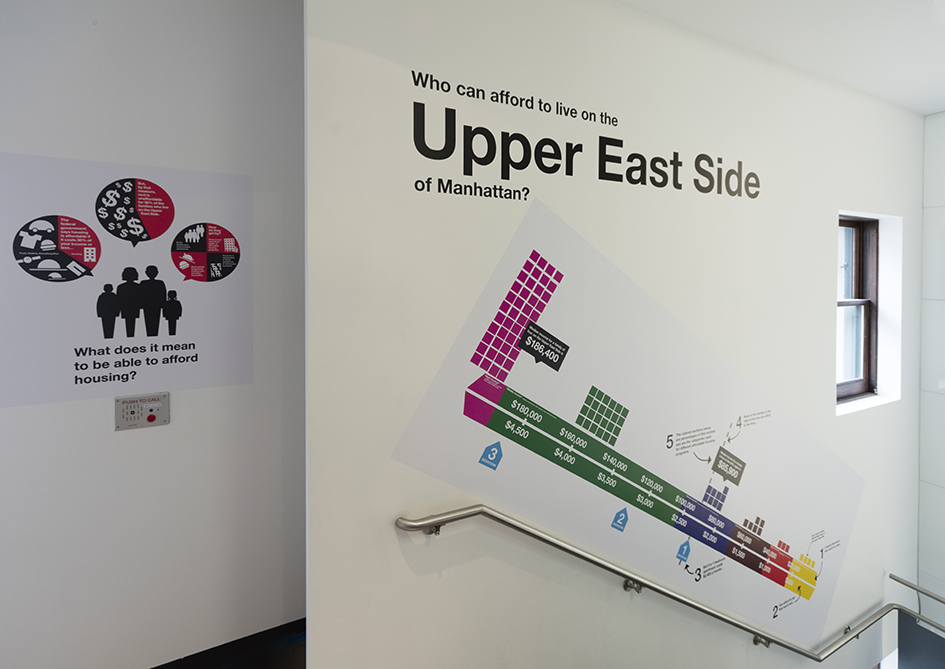
Under the name of “Archaeology of Tea” he created visual narratives about geopolitical issues around tea. Tea changed the world. He created animated maps that explore tea and its dynamic relationships to globalism, urbanism and migration. The sensory experience of tea was also evoked through teacups and tea blends. In order to depict the theme of how tea and spices drove the Western age of discovery to how the tea trade spurred urban growth in Mumbai, the seven islands of the original city gradually merged as builders reclaimed land from the sea, creating a single connected metropolis. And to the present day, mass migration of people can be looked as tea culture in the making, through the global flow of customs and flavors.
The writings of prolific design critic Andrew Blauvelt have deeply influenced Hitesh’s design philosophy. He used his writings about Hippie Modernism to create an identity system for MICA’s Graduate thesis show. The visual identity celebrated the organic, liquid qualities that behaved as a counterpoint to the gridded typographic lock up. It serves to remind us that art and design is at its core a visceral human endeavor. The project was nominated for Adobe’s Design Award 2016.
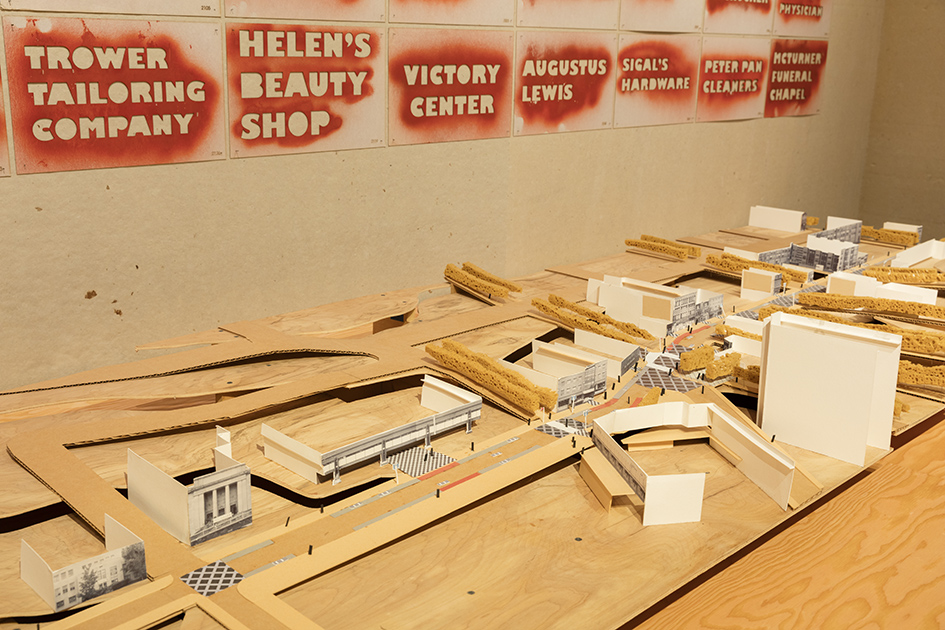
Alongside his recent accomplishments, Hitesh Singhal has also gained a wealth of professional experience at Ogilvy and Mather, where he got first hand experience of how large-scale national campaigns are rolled out. Additionally during his time at the design department for the Times of India, he learnt the virtues of speed and efficiency. Churning out design layouts for the daily English newspaper, was challenging and exciting.
He is now working on the next project for the Smithsonian Design museum centered around the theme of the Jazz age and the visual culture surrounding it. The show opens in the spring of 2017.
Presented in the Barbara and Morton Mandel Design Gallery and the Museum’s Process Lab, the exhibition ‘By the People: Designing a better America’ is on view now through Sunday, February 26, 2017.
Check Hitesh Singhal’s portfolio here.
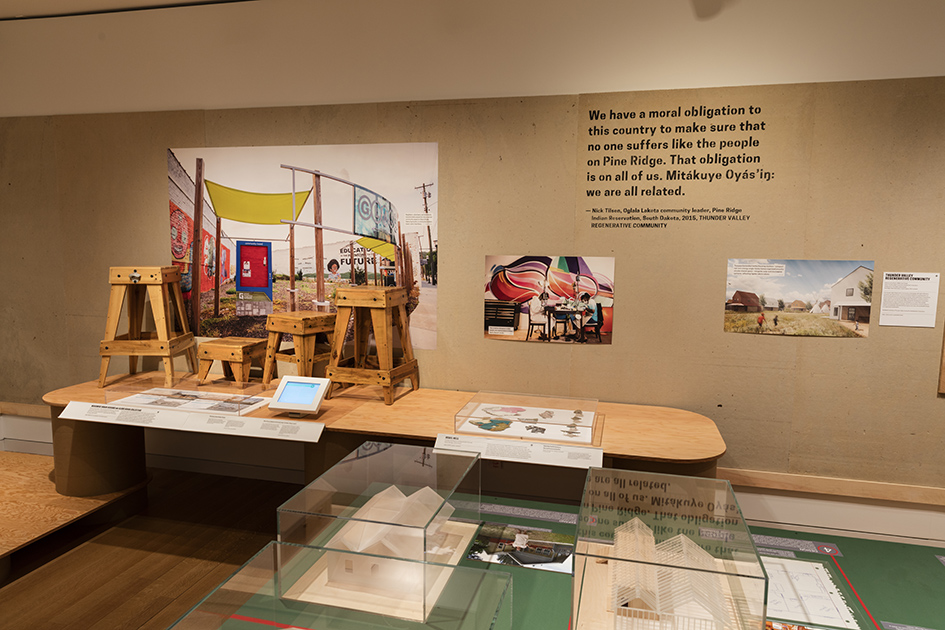
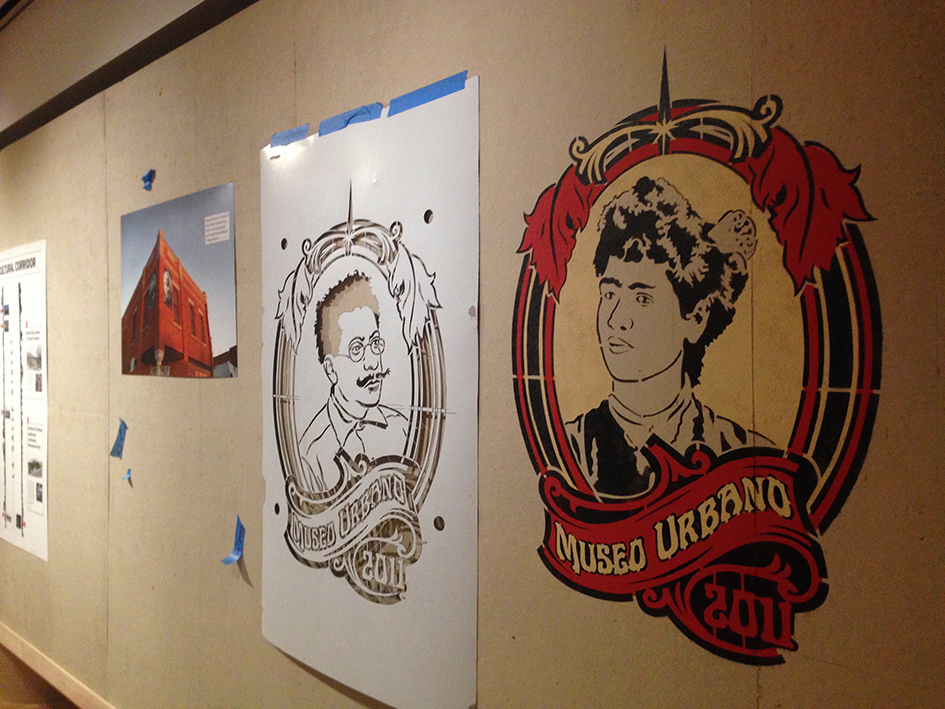
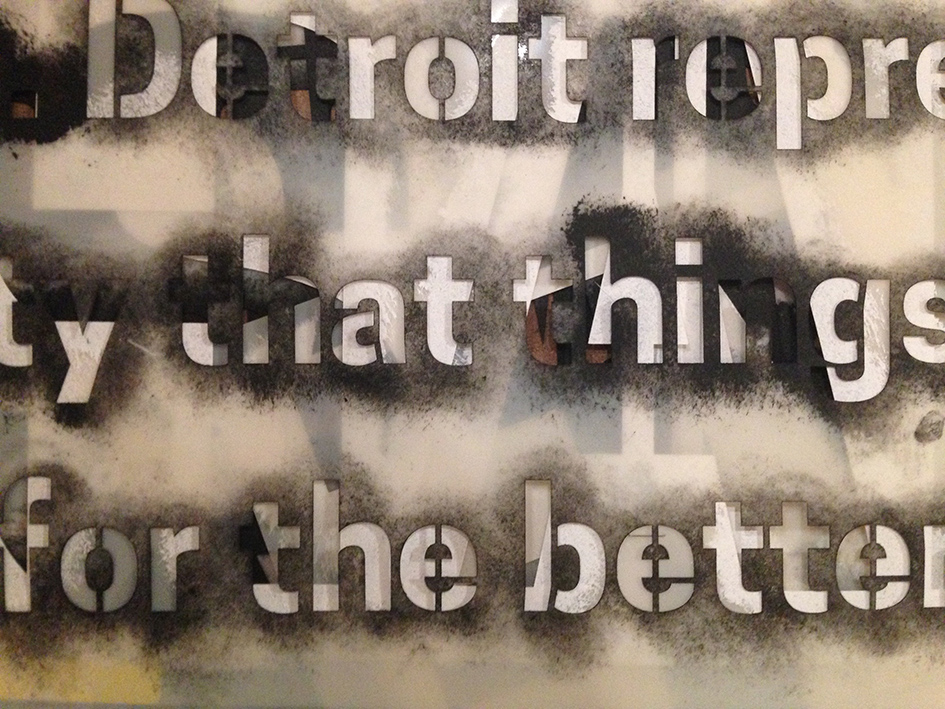
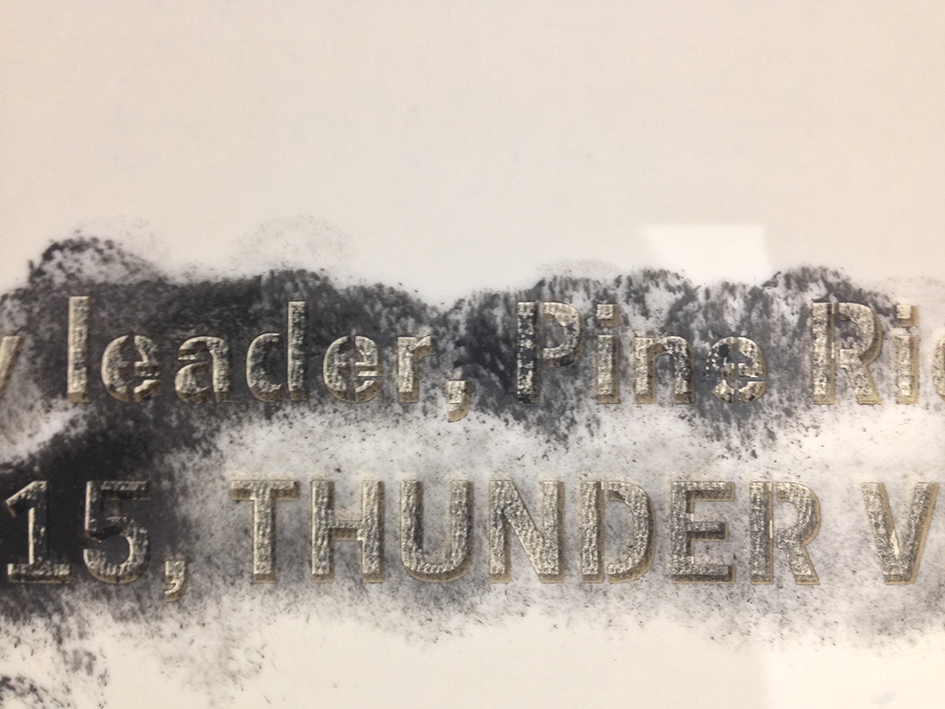
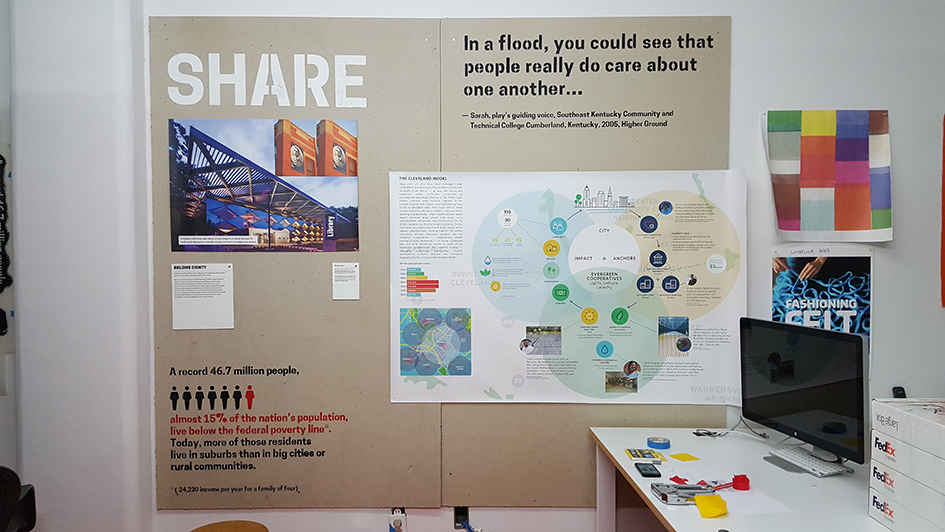
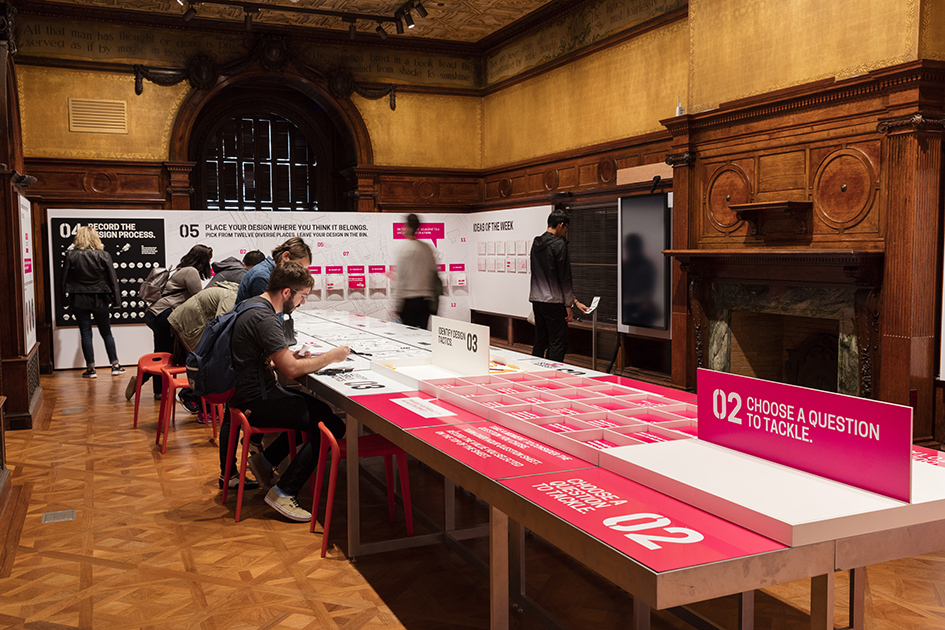
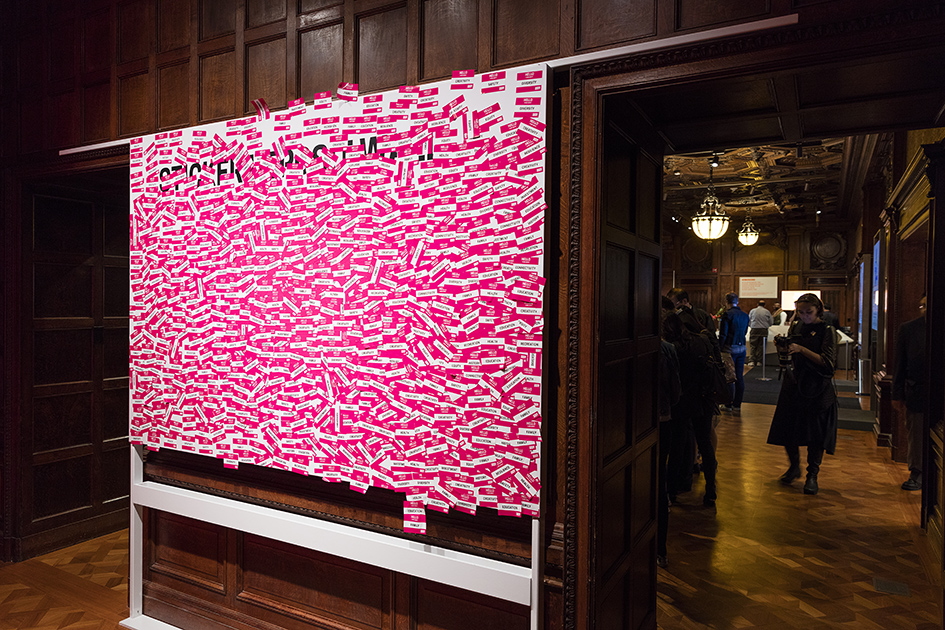
Tags/ exhibition, features, nyc, ellen lupton, california, aiga, hitesh singhal, ogilvy, mather, times of india, new york times, with design activism, by the people, designing a better america, cooper hewitt design museum, a better place, trump/brexit era, cynthia e. smith, smithsonian design museum, david baker, michael maltzan, jeanne gang, maryland institute college of arts, how posters work, hedonist monk, archaeology of tea, andrew blauvelt, hippie modernism, adobe’s design award 2016, smithsonian design, barbara and morton mandel design gallery, museum’s process lab























